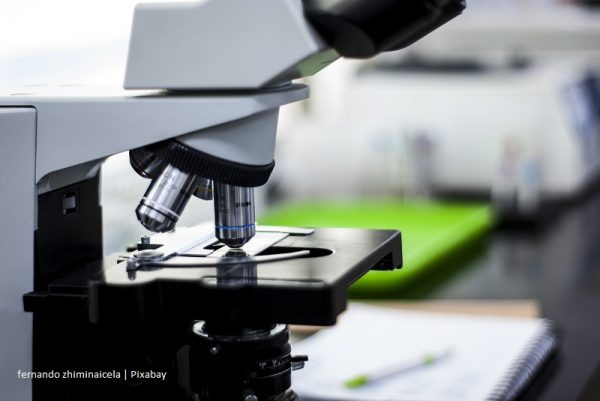In January 2020 the Ministry of Science and Higher Education prepared the first Polish Map of Research Infrastructure, which contains 70 projects that allow to conduct the most ambitious scientific research. A leaflet with descriptions of these projects was published in September 2020. The University of Silesia in Katowice is involved in ten of them:
- National Laboratory of Photovoltaics (NLF) – whose task is to conduct research and development work in the field of solar energy use for production and storage of electricity,
- ACTRIS – infrastructure for testing aerosols, clouds and trace gases – an initiative which combines the observation of aerosols, clouds and trace gases in disperse observatories available for a wide group of users, which is intended to understand atmospheric processes better based on high quality data,
- Polish Multidisciplinary Laboratory for Polar Research (PolarPOL) – whose main task is to strengthen the active and significant Polish scientific presence in polar areas, as well as to strengthen the international position of Poland as a well-developed country that ensures the protection of natural resources on our planet,
- Nuclear Magnetic Resonance – Platform for Interdisciplinary Physio-Chemical Research MAGREZ – this project is intended to create a state-of-the-art platform in the field of interdisciplinary physio-chemical research, supporting the development of innovative methods applied in nanotechnology and material research, medicine and pharmacy, as well as biophysical and biochemical sciences,
- European Synchrotron Radiation Facility – ESRF – an international scientific institute, whose activity is focused on producing and delivering synchrotron radiation to 44 research stations, which is key for the development of fundamental research in solid body physics, surface physics, physics and chemistry of polymers, chemistry, ecology, geology, molecular biology and medicine,
- FAIR – Facility for Antiproton and Ion Research – whose task is to conduct research on structure of the matter and volution of the Universe from the Big Bang until now, as well as in the field of materials science, radiation biology and cancer therapy using ion beams.
- Hyper-Kamiokande – the project is intended to create an underground water detector using the Cherenkov phenomenon, which will allow to observe charged particles produced by neutrinos, as well as to determine both their point of origin and energy value,
- SPIRAL2 – the project is focused on producing and delivering to research posts both stable and exotic (radioactive) ion beams and neutrino beams with very high intensity.
- Digital Research Infrastructure for Humanities and Arts DARIAH-PL – its task is to provide complex support for research and teaching in the field of humanities and arts by means of digital tools, methods and technologies.
You can find detailed information about the Polish Map of Research Infrastructure on the following website: www.gov.pl.






